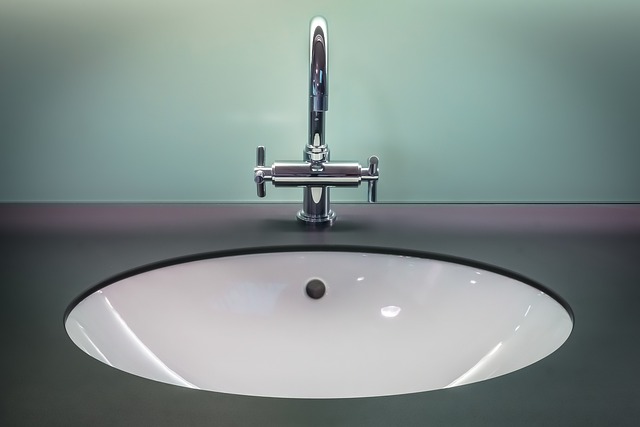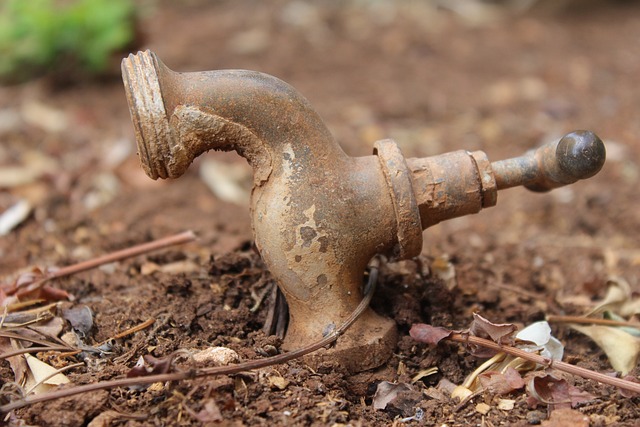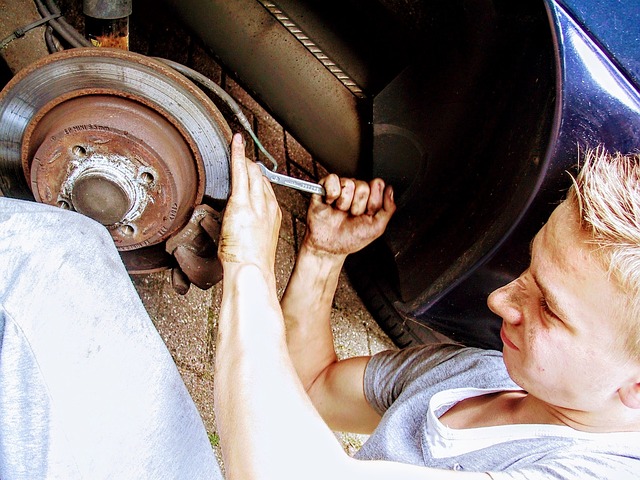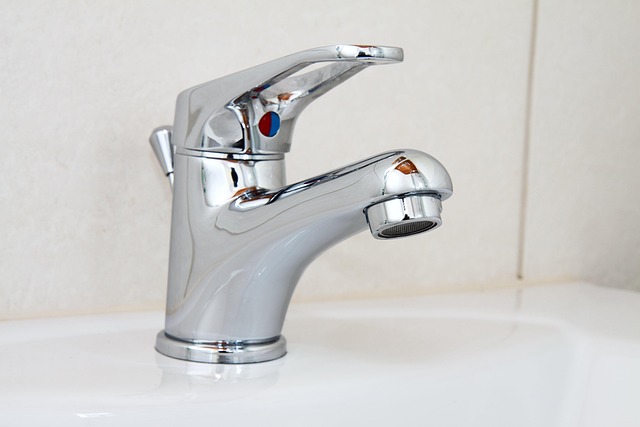This text provides a comprehensive guide to faucet repair for common issues like leaks and low water flow, emphasizing DIY capabilities for homeowners. Key points include identifying worn O-rings or washers, mineral buildup, and clogged strainers as primary causes. Regular maintenance practices like tightening connections and lubricating valves are recommended to prevent problems. A step-by-step guide offers instructions on fixing leaks by replacing O-rings or washer seals, emphasizing proper sizing and reassembly without over-tightening. Additionally, the text discusses cleaning aerators to improve water pressure and using natural remedies for buildup removal, highlighting environmentally friendly faucet repair methods. Regular care is stressed for prolonging faucet lifespan and maintaining home plumbing.
Need professional faucet repairs? This comprehensive guide covers everything from identifying common issues like leaks and clogs, to step-by-step fixing processes including cartridge and washer replacements. Learn essential tools and materials required for successful DIY repairs or understand when to call a pro. We also offer tips for maintaining your faucet’s longevity, ensuring a steady flow of water without hassle. Master basic faucet repair techniques with these expert insights tailored for both professionals and homeowners.
Understanding Common Faucet Issues

Many common faucet issues can often be easily identified and resolved by homeowners with basic DIY skills. One of the most frequent problems is a leaking faucet, typically caused by worn-out O-rings or washers inside the faucet’s spout. These parts are simple to replace, and many hardware stores carry universal repair kits suitable for various faucet types. Another typical issue is a low water flow, which might be due to mineral buildup in the aerator or a clogged strainer. Cleaning these components can often restore optimal water pressure.
Knowing what goes wrong with faucets helps homeowners prepare for potential repairs. Regular maintenance, such as tightening loose connections and lubricating valves, can prevent many problems from escalating. When dealing with more complex issues like faulty cartridges or damaged pipes, it’s advisable to consult a professional plumber. Faucet repair is a relatively straightforward process, but certain challenges may require specialized tools and expertise to ensure long-lasting solutions.
Tools and Materials for Faucet Repair

When it comes to faucet repair, having the right tools and materials is crucial for a successful DIY project or for professionals. The essentials include a set of adjustable wrenches for gripping and turning components, pliers for tightening or loosening small parts, and a screwdriver with both flathead and Phillips head options. For more complex repairs, a pipe wrench might be needed to manage tight connections.
In terms of materials, various types of replacement faucets come with their own kits. These typically include O-rings, washers, seals, and sometimes even new cartridges or valve assemblies. Having these on hand ensures quick replacements during the repair process. Additionally, pipes thread tape is a must-have to prevent leaks at connections, providing a secure seal while also protecting against corrosion.
Step-by-Step Guide to Fixing Leaks

Fixing leaks is a common faucet repair task that many homeowners can handle with some basic tools and know-how. Start by turning off the water supply to your faucet. This is usually done by twisting the shut-off valves located under the sink or at the base of the faucet. Once the water is shut off, you can begin disassembling the faucet.
The process may vary slightly depending on the type of faucet, but generally, you’ll need to remove any decorative covers and unscrew the faucet handle from the valve stem. Next, inspect O-rings or washer seals for wear and tear. These components are often the source of leaks. Replace them if necessary, ensuring proper sizing and compatibility with your faucet’s make and model. Reassemble the faucet, tightening all parts securely but avoiding over-tightening to prevent damage. Finally, turn on the water supply and test the repair by checking for any leaks.
Replacing Faucet Cartridges and Washers

When it comes to faucet repair, one of the most common issues homeowners face is leaky or low-flow faucets. A simple yet effective solution for many problems is replacing the faucet cartridges and washers. Cartridges are responsible for controlling the water flow and temperature, while washers ensure smooth operation and prevent leaks. Over time, these components can wear out or become damaged, leading to inefficient water usage and potential flooding.
To replace them, first turn off the water supply under the sink. Then, remove the faucet handle to expose the cartridge. This process usually involves unscrewing a small cover plate and detaching the handle from the valve assembly. Once exposed, you can replace the old cartridge with a new one, ensuring proper alignment. After installing the new cartridge, check for any leaks at the connections and around the washer. If everything is secure, turn on the water supply and test the faucet’s performance.
Troubleshooting Hard Water Deposits and Clogs

Hard water deposits and clogs are common issues that can disrupt the smooth operation of your faucet. To address these problems, start by checking for mineral buildup on the aerator or filter. These areas often accumulate calcium and magnesium over time, leading to reduced water flow and potential clogs. Regularly cleaning or replacing the aerator can significantly improve water pressure.
If the issue persists, consider using a vinegar solution. Vinegar is an effective natural cleaner that can dissolve mineral deposits. Soak a cloth in white vinegar and wrap it around the faucet’s affected parts, letting it sit for an hour. Then, use a pin or small tool to gently scrub away any visible buildup. This method is less invasive than chemical cleaners and environmentally friendly.
Tips for Maintaining Your Faucet's Longevity

Regular maintenance is key to extending the lifespan of your faucet. A simple routine that includes cleaning the aerator and checking for leaks can go a long way. The aerator, located at the tip of the spout, collects mineral deposits over time, leading to reduced water flow. Removing and cleaning it regularly will ensure your water stays clear and your faucet functions optimally. Additionally, periodic checks for any leaks at the base or handles are crucial. Even small drips can lead to significant water waste over time, so addressing them promptly is essential.
Beyond these basic steps, consider insulating your outdoor faucets during extreme weather changes to prevent freezing and subsequent damage. Using protective covers or turning off the water supply when not in use can also significantly impact longevity. Remember, regular care not only saves you from costly faucet repairs but also ensures your home’s plumbing remains in top condition.
